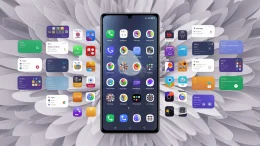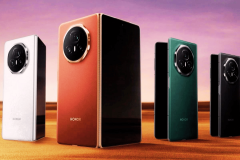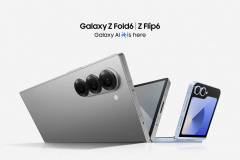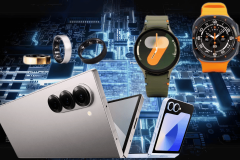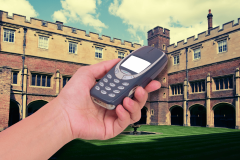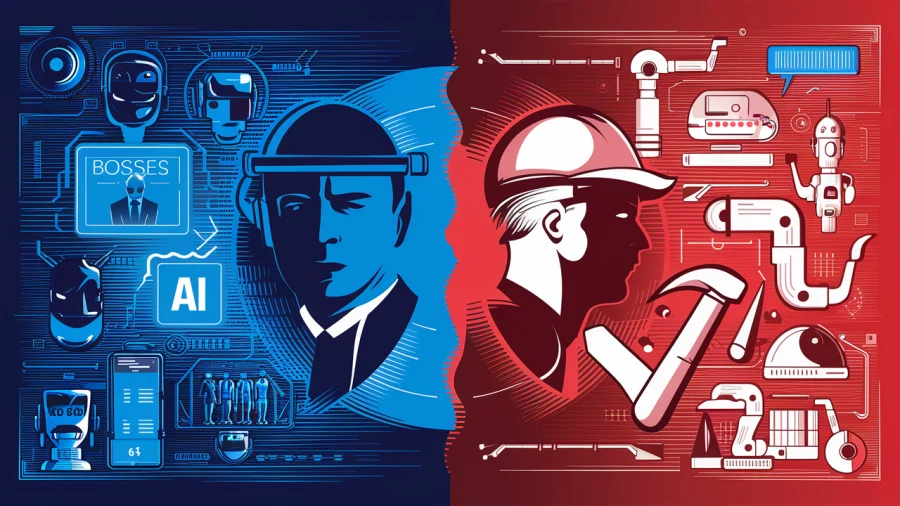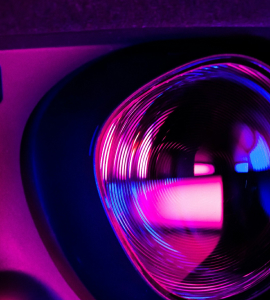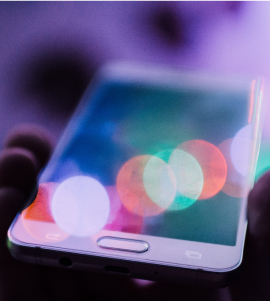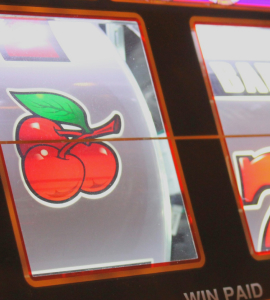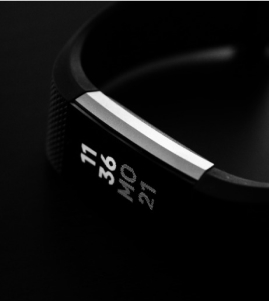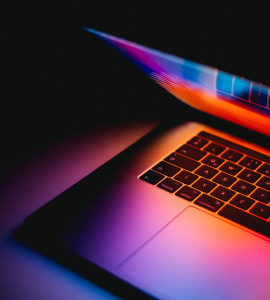According to a new study from Forrester Research, 5% of U.S. adults now scan 2D bar codes – including QR codes – with their smartphones, up from 1% in 2010. Compared to consumer adoption, the development of 2D bar code reading software has grown much faster, while business adoption of the codes as a strategy has grown much slower.

“Too few eBusiness professionals use best practices to offer consumers good experiences once they’ve scanned a bar code,” writes author Julie Ask. The study’s conclusion is that consumer habits are driven by ubiquity and ease of access; just like with traditional 1D bar codes, consumers will get used to them the more prevalent they are. That means it’s up to businesses to use QR codes wisely while not being afraid to keep up with consumers’ interest in new technologies.
Bar Code User Breakdown
The study found that 5% of U.S. adults with a mobile phone use a 2D bar code reader, up from 1% in 2010. Among smartphone users alone, 15% use bar codes, up from 5% last year. Android users use 2D bar codes the most, thanks to more native integration of bar code scanning software. 23% of Android users scan 2D bar codes, compared to 19% of iOS users and 5% of RIM and Windows Phone users, respectively.
As previous studies have found, bar code users are typically younger, affluent adults. Of the recent users of bar codes in the study, 66% were between 23 and 45 years old. The largest income category, with 39% of respondents, was $100,000+.
How Can Businesses Get In On Bar Codes?
The study points out a few key ways for businesses to use 2D bar codes to lead consumers, rather than simply slapping them on everything and hoping people will scan them. Bar codes help consumers discover what to buy by linking to contextual content, and they help them decide between alternatives. 23% of smartphone users use their phones to find pricing information, and 2D bar codes are an effective way to provide it.
Since 2D bar codes can contain more sophisticated data than their 1D predecessors, they can even help consumers make purchases with their smartphones. Target’s smartphone app offers this functionality, as does the Korean subsidiary of British supermarket chain Tesco.
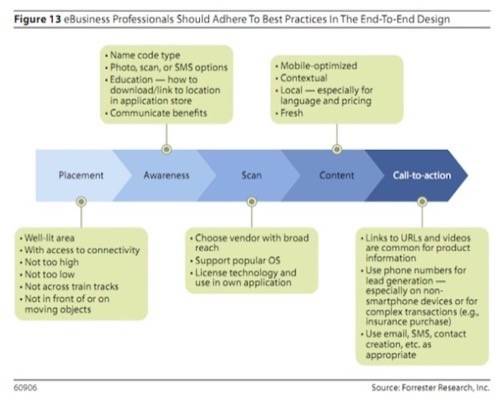
Most importantly, though, businesses should only use 2D bar codes if they clearly support their overall mobile strategy. Having the codes all over the place will make users aware of them, but they’ll only adopt and use the technology if it provides a pleasant and efficient experience. The study’s findings urge business owners to “think of the experience beyond the scale” and incorporate bar codes into a complete end-to-end experience.
The study is available for purchase from Forrester.com.
We’ve collected some great feedback from RWW readers about QR codes. Do you use them? Join the conversation in the comments.
